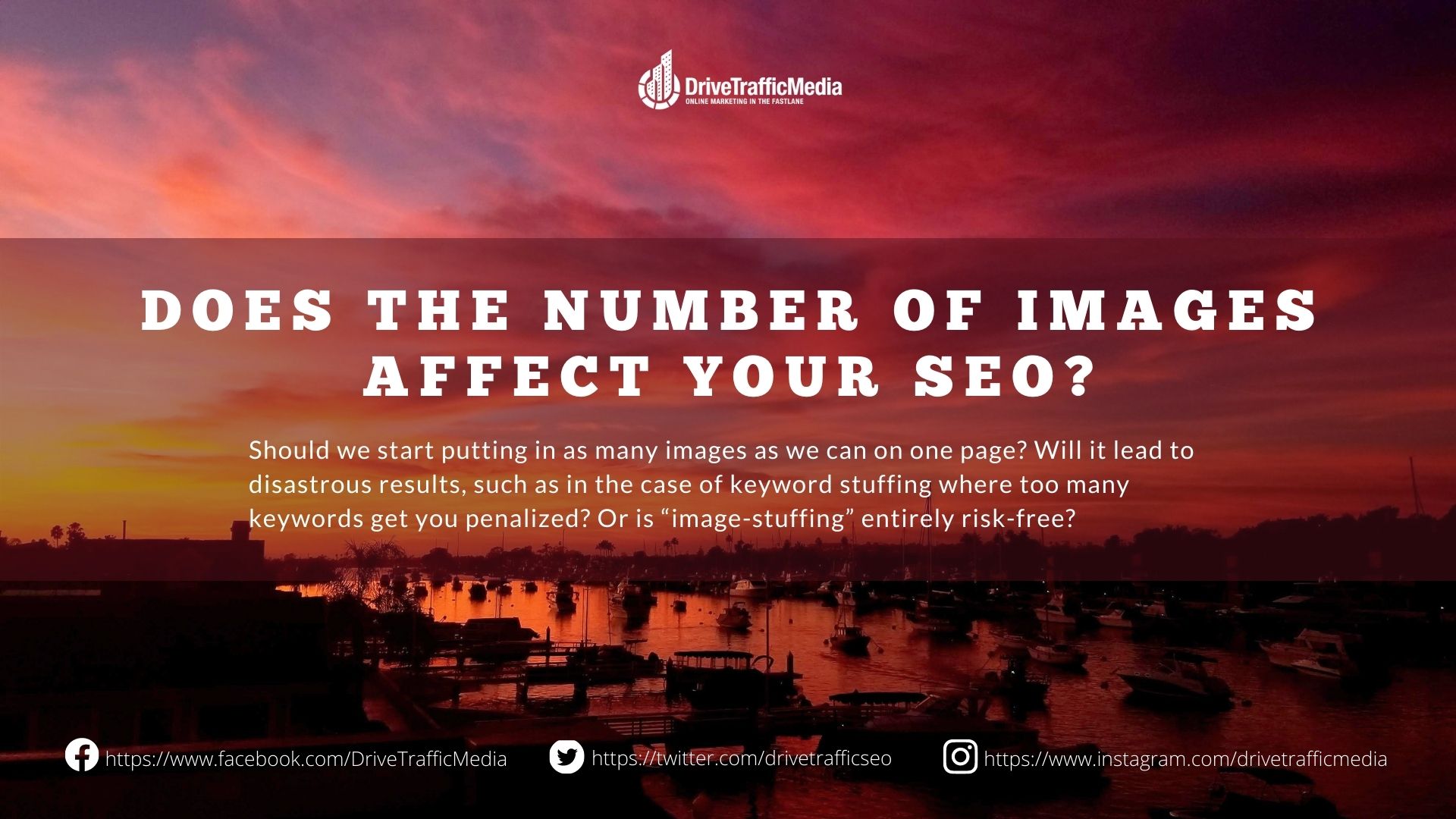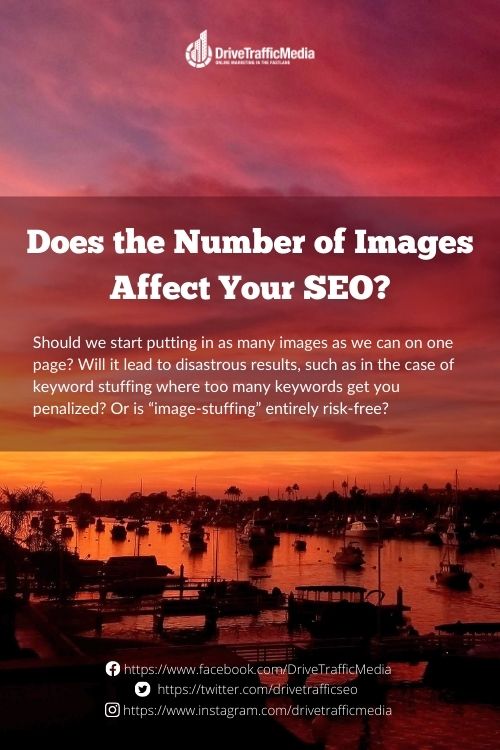People love picture books. It helps readers visualize and contextualize the story better, keeping them engaged longer.
The same principle applies to websites—if your site has pictures along with content, users will spend more time browsing on it which, in turn, can lead to higher page views. It can also lead to better SEO as more images mean more chances of showing up on Google’s search engines.
But does that mean we should start putting in as many images as we can on one page? Will it lead to disastrous results, such as in the case of keyword stuffing where too many keywords get you penalized? Or is “image-stuffing” entirely risk-free?
As an Orange County SEO expert, we’re interested in this as well so let’s discuss it.
What Are the Claims?
It’s said that having a lot of pictures on your site impacts your rankings not because of how many pictures there are, but because of how long it takes for all of them to load. Page speed, after all, is a confirmed SEO factor as it affects the quality of user experience, bounce rates, returning visitors, time spent on site, and more.
On the other hand, having little to no images may make your site look boring. Without that added flair images can bring, users may get disinterested in your content quickly and prefer more interesting-looking websites. This, then, can impact your rankings too.
What Are Our Thoughts?
Let’s go back to page speed as a confirmed ranking factor. Because images do take some time to load, it’s plausible that too many of them will negatively affect your SEO. However, “too many” is largely relative because there’s not exactly a set number of images that are considered overboard. You could have a hundred, tiny, low-quality pictures that could load faster than a page with one, gigantic high-quality picture.
Additionally, the page speed problem can be easily bypassed by utilizing image optimization techniques. Site owners can compress their images, employ lazy loading, avoid GIFs, and more.
Our verdict, then, is that there’s not much credence to having too many images on your site affecting your SEO. As long as you avoid letting it affect your page speed, having multiple pictures on one page should be fine. You can add in as many colorful pictures as you’d like and have a very eye-catching website.
On the other side, we don’t think that having too few images would affect your SEO either. Sure, it may look a little bland to visual learners, but a little blandness isn’t going to kick you down Google’s rankings. You don’t necessarily need images to make a great website—there are tons of websites like Wikipedia, New York Times, and Bloomberg that have walls of text with only a handful of pictures, and they usually top the search rankings. So, you shouldn’t feel obligated to have lots of pictures on your site either.
Conclusion
There’s not a lot of evidence on the number of images impacting SEO. As long as you don’t let it affect your page speed and other site functionalities, you can add in as few or as many images as you’d like.
Instead, we think that you’re better off focusing on other, more important SEO factors like optimized content and technical structure to get you higher up the ranks. No number of pictures would be able to cover up bad content and a poorly-functioning website after all!
If you’re interested in learning more about SEO, feel free to contact us. Drive Traffic Media is a digital marketing agency in Orange County that can be reached at (949) 800-6990 or info@drivetrafficmedia.com.

